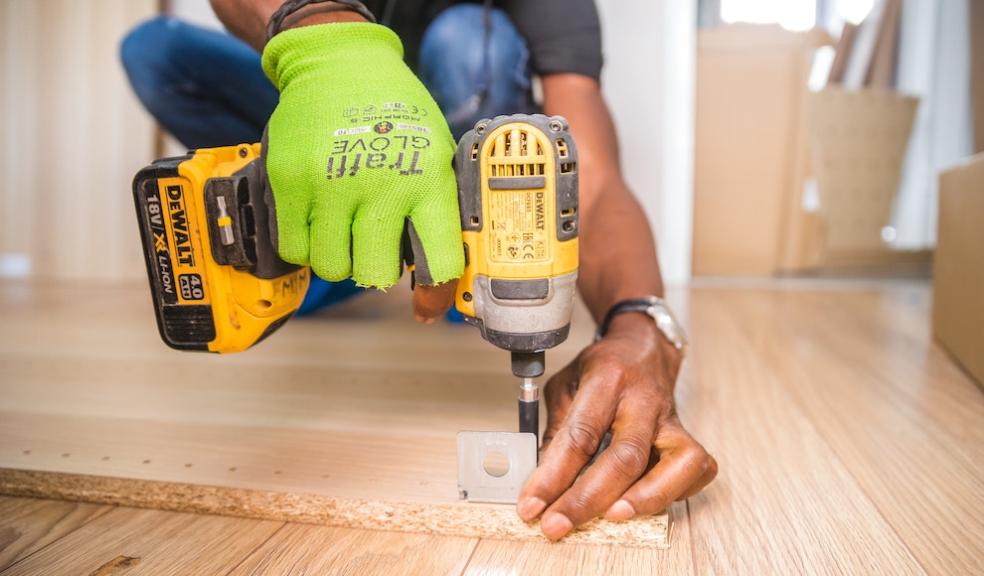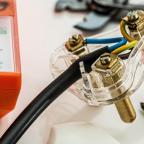
The Future Of DIY: Latest Innovations in Design Tools
Technology continues to transform the world of DIY and design. Advanced design tools are becoming more accessible and user-friendly, enabling individuals to create high-quality designs both from work and from the comfort of their own homes.
Whether you’re extending your house, starting a construction business or you’re building a new collection for your toolbox, it’s always worth learning about the latest innovations first.
How has technology changed DIY and design tools in recent years?
With modern technologies, design and DIY are evolving.
It’s now possible to develop products and components digitally, and 3D printing is a prime example of this type of cutting-edge technology. With a 3D printer, individuals or design teams can create a physical model of a shape or design developed exclusively using CAD.
Where power tools are concerned, innovation has led to improved useability, refined features, and the use of more sustainable practices across multiple industries.
5 of the latest innovations in power tools
Cordless batteries
The gradual shift to lithium-ion batteries from their nickel-based predecessors has significantly improved their performance. Users benefit from longer-lasting charges in a lightweight, compact battery design.
Lithium-ion batteries use lower-toxicity metals and boast an increased energy density. In multiple applications, lithium-ion batteries are a popular power source for cordless angle grinders and a variety of industrial power tools.
Sustainability
Amid the climate crisis, sustainability is a pressing issue for power tool manufacturers across the UK. Certain brands now offer initiatives to collect and recycle used customer batteries to reduce their chances of being sent to landfill. Many manufacturers also use recycle materials where possible, particularly on tools with plastic components.
Improved safety features
Manufacturers are now more focused than ever before on making power tools safe to use. Additionally, progress has been made to boost power tool ergonomics. Features like user-friendly displays, lightweight designs, soft grips, and anti-vibration technology all contribute to the overall comfort and useability of certain power tools.
Safety-specific enhancements include dust reduction systems and active torque control: the latter prevents a drill from rotating as soon as it detects jams. Some tools can power down if the user unexpectedly moves out of position.
Greater connectivity
Thanks in no small part to the integration of the Internet of Things, power tools are becoming even smarter. Many tools now feature build-in connective capabilities like Bluetooth, giving users the ability to connect tools with their mobile phones and computers.
Portable GPS tags help employers to keep track of the location of their tools, while some smart tools even boast wireless internet connectivity. In turn, this helps construction managers to refine processes such as inventory management, fault reporting, and user authentication.
Brushless motors
Brushless motors streamline some tools. By removing the friction between conductors, which are typically brushes, the motor operates at lower temperatures and benefits from increased longevity.
Conclusion
With modern technologies released every year, we should expect to see power tools become even more advanced in the future.
By choosing models from leading brands with a commitment to sustainability, you can bolster your offerings as a business and make a stand for the environment too. Just always make sure to choose tools that meet your standards for ergonomic design, safety features, and productivity.









